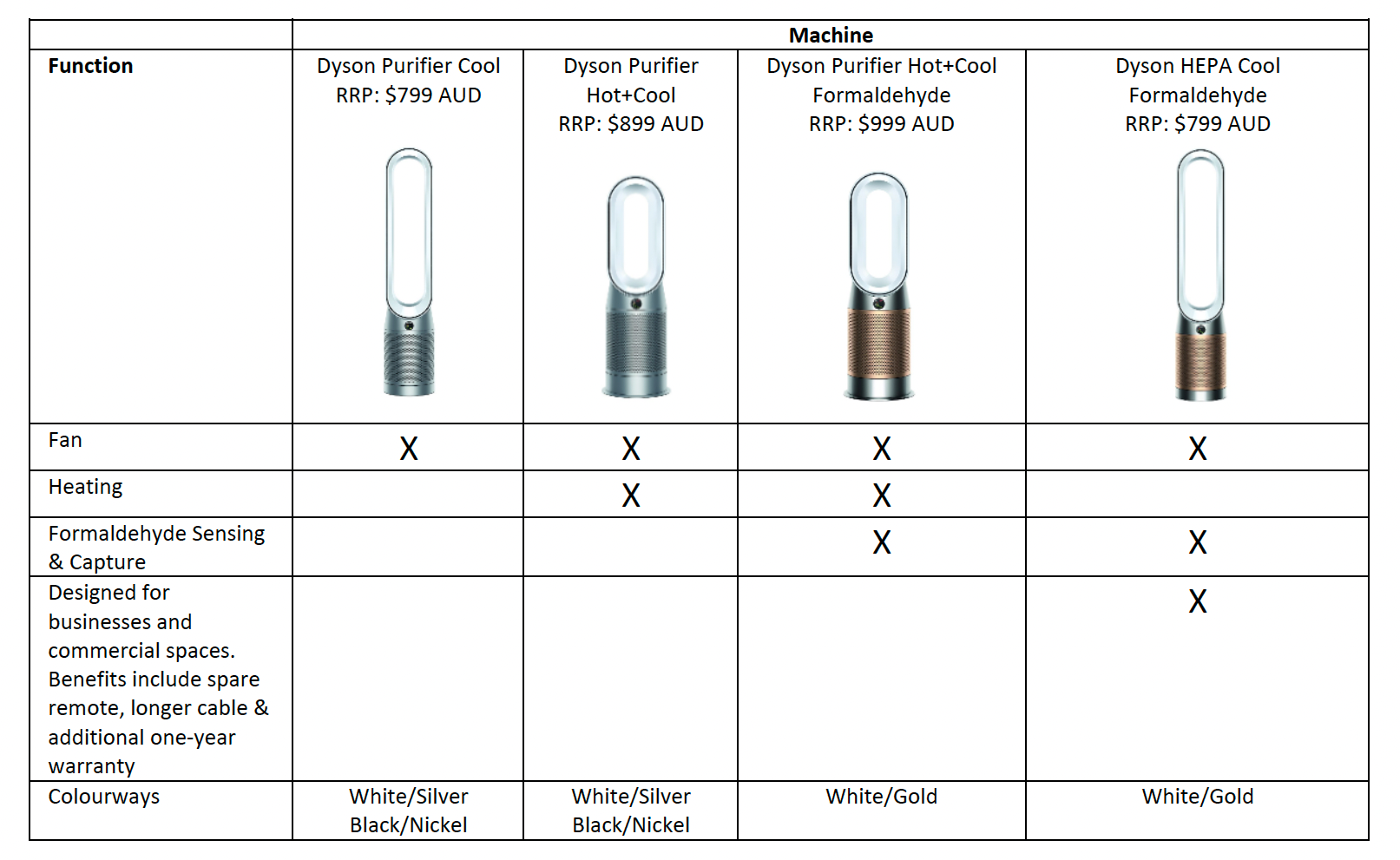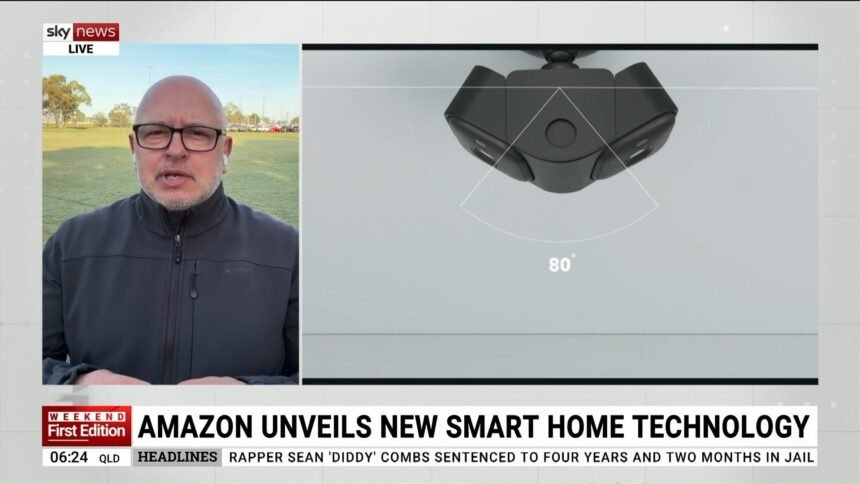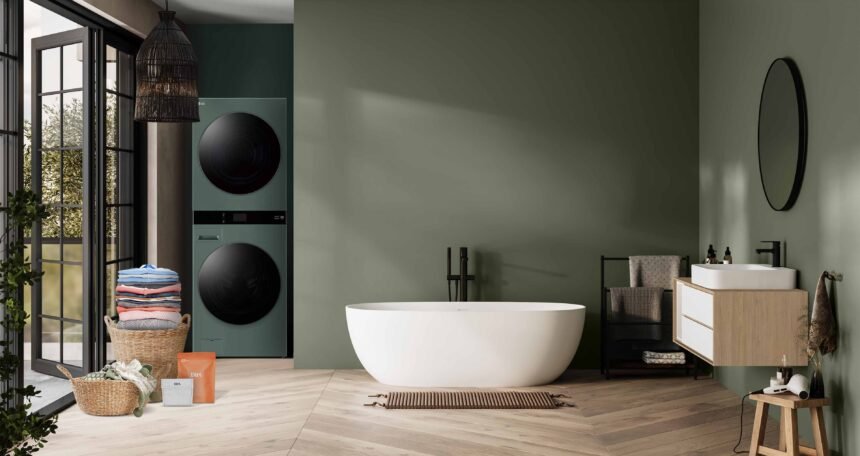Depending on where you live and the time of year, being indoors could be doing you more harm than moving around in outdoor pollution.
Sealed up homes can keep out bushfire smoke and large particulate matter but being inside for extended periods has its own problems.
Cooking, cleaning, appliances and furniture can release toxins into the air and with poor ventilation this can be hazardous to our health.
During the pandemic millions of people around the world have been locked up in their homes. Dyson used backpacks – jammed with sensors – in the UK and Australia last year (see embedded video below) to determine where the pollution spikes occur during daily activities.
Watch Djuro Sen’s Sky News report on Dyson and other tech companies fighting air pollution indoors and outdoors.
To combat increased exposure to toxic air indoors, Dyson has released a new Purifier Formaldehyde range.
The purifying fans have all new solid-state formaldehyde sensing, sealed HEPA 13 standard1 filtration and 20% quieter2 airflow projection.
Formaldehyde is a colourless gas pollutant, released by furniture and wooden products containing formaldehyde-based resins like plywood and fibreboard, insulating materials and products such as paint, wallpapers, varnishes and household cleaning products4. Being 500 times smaller than particles the size of 0.1 microns.
It is difficult to capture and if left undetected can lead to prolonged exposure due to continuous release of airborne chemicals, known as off-gassing.
Dyson says while other gel-based formaldehyde sensors can deteriorate overtime and are easily confused with other
VOC pollution, Dyson’s new, solid-state formaldehyde sensor works alongside Dyson’s unique algorithm to precisely monitor formaldehyde levels – intelligently ignoring other gases which are detected by a dedicated VOC sensor.
Dyson’s latest purifiers remove 99.95% of particles as small as 0.1 microns.
New Dyson Purifier Animation
THE AIR
Humans breathe up to 9,000 litres of air7 and even before the COVID-19 pandemic spent as much as 90% of their time indoors.
Indoor sources release pollutants like: PM10, PM2.5, VOCs, NO2 and formaldehyde.
CLEANING
Formaldehyde sensors can be gel-based and may deteriorate gradually as they dry out over time. Using an electro-chemical cell, the Dyson formaldehyde sensor does not dry out and its unique intelligent algorithm cross-checks data every second, selectively sensing to avoid confusion with other VOCs.
Dyson’s Selective Catalytic Oxidisation (SCO) filter continuously destroys formaldehyde at a molecular level. The catalytic filter has a unique coating, with the same structure as the Cryptomelane mineral.
Its billions of atom-sized tunnels are the optimal size and shape to trap and destroy formaldehyde, breaking it down into tiny amounts of water and CO2 . It then regenerates from oxygen in the air to keep destroying it continuously without ever requiring replacement.
HEPA
According to Dyson its new machines capture 99.95% of particles as small as 0.1 microns11 such as allergens, bacteria, H1N1 virus, pollen and mould spores.
Price and availability:
The Dyson Purifier Formaldehyde range will be available in Australia from Thursday 27 May 2021 at Dyson.com.au plus retailers including Harvey Norman, The Good Guys, JB Hi-Fi, Bing Lee, Myer and David Jones.





